Advertisement
With solid support from liberals, Mr. Sanders appears to be peaking just as the caucuses approach. But many Iowa voters said they could still change their mind.
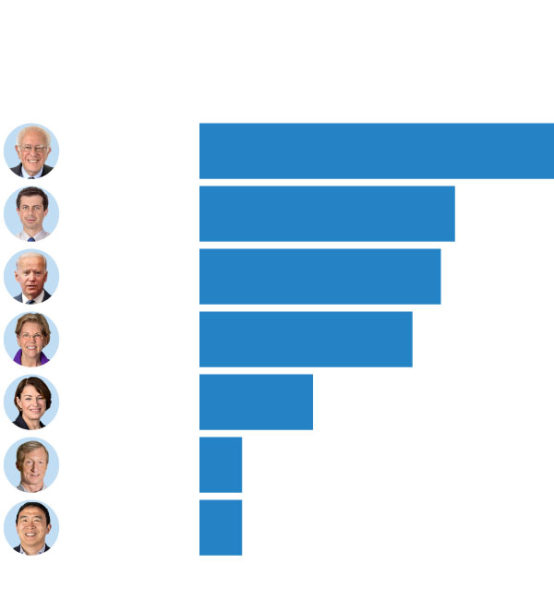
Which of these Democrats would be your first choice in the Iowa caucuses?
Sanders
Buttigieg
Warren
Klobuchar
Steyer
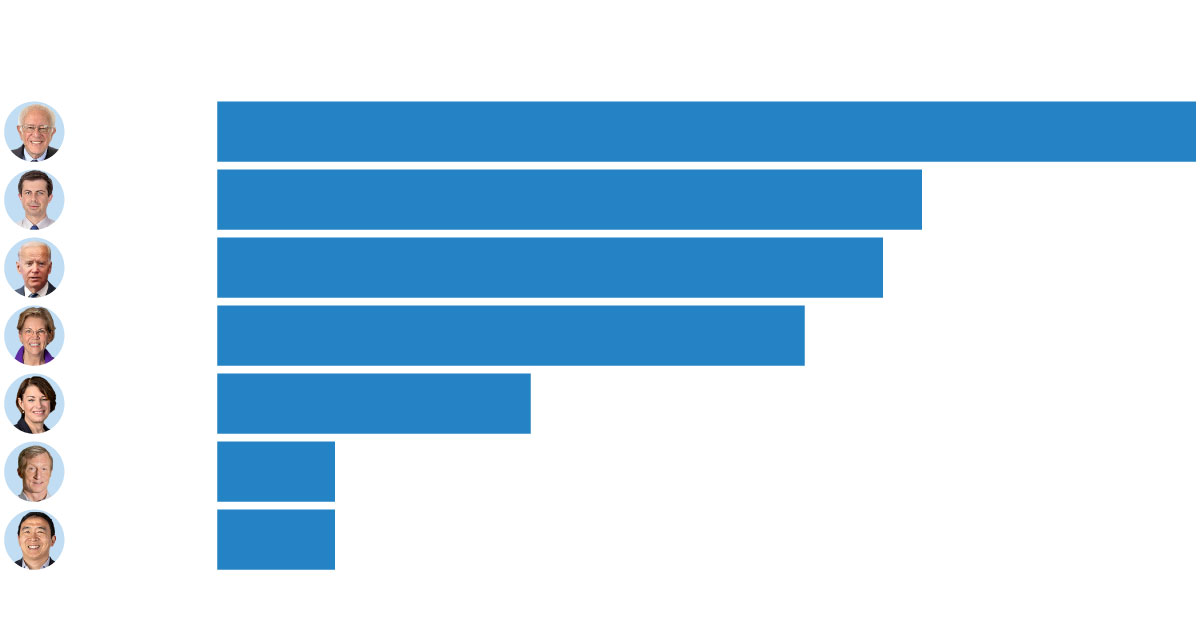
Which of these Democrats would be your first choice in the Iowa caucuses?
Sanders
Buttigieg
Warren
Klobuchar
Steyer
DES MOINES — Senator Bernie Sanders has opened up a lead in Iowa just over a week before the Democratic caucuses, consolidating support from liberals and benefiting from divisions among more moderate presidential candidates who are clustered behind him, according to a New York Times/Siena College poll of likely caucusgoers.
Mr. Sanders has gained six points since the last Times-Siena survey, in late October, and is now capturing 25 percent of the vote in Iowa. Pete Buttigieg, the former mayor of South Bend, Ind., and former Vice President Joseph R. Biden Jr. have remained stagnant since the fall, with Mr. Buttigieg capturing 18 percent and Mr. Biden 17 percent.
The rise of Mr. Sanders has come at the expense of his fellow progressive, Senator Elizabeth Warren: she dropped from 22 percent in the October poll, enough to lead the field, to 15 percent in this survey. Senator Amy Klobuchar, who is garnering 8 percent, is the only other candidate approaching double digits.
The changing fortunes of the leading candidates underscores the volatile nature of the primary after more than a year of campaigning, as voters wrestle with which candidate can defeat President Trump. Despite the ascent of Mr. Sanders, a self-described democratic socialist, the poll also highlighted the combined appeal of the centrists: 55 percent of those surveyed said they preferred a standard-bearer who is “more moderate than most Democrats.” Just 38 percent said they wanted one who is “more liberal than most Democrats.”
As the strength of the other leading candidates has ebbed and flowed, Mr. Sanders, making his second run for the White House, appears to be peaking at the right time. This month was the first time he has finished atop a poll in Iowa, after also leading a Des Moines Register-CNN survey two weeks ago. The Times-Siena poll’s margin of error was plus or minus 4.8 percentage points.
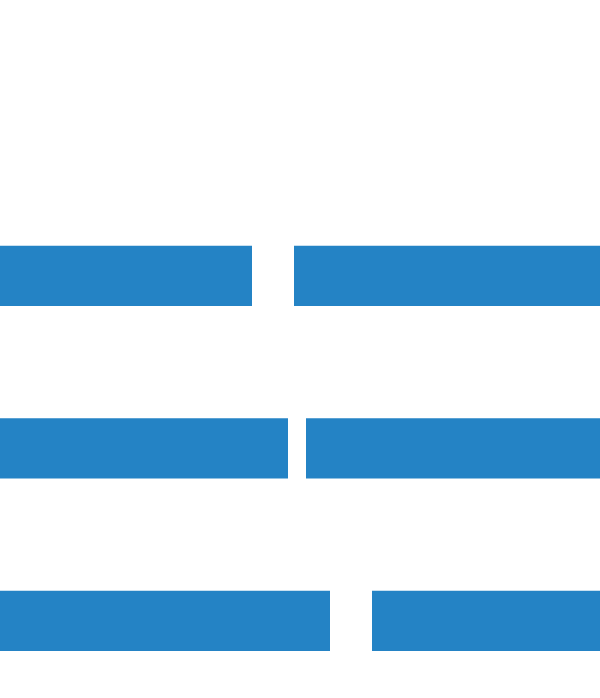
Which of the two types of Democrats would you be likely to support? A Democrat who …
Brings politics in
Washington back to
normal
Promises fundamental
systematic change to
American society
You agreed with most
on the issues
Has the best chance to
beat President Trump
Is more moderate than
most Democrats
Is more liberal than
most Democrats
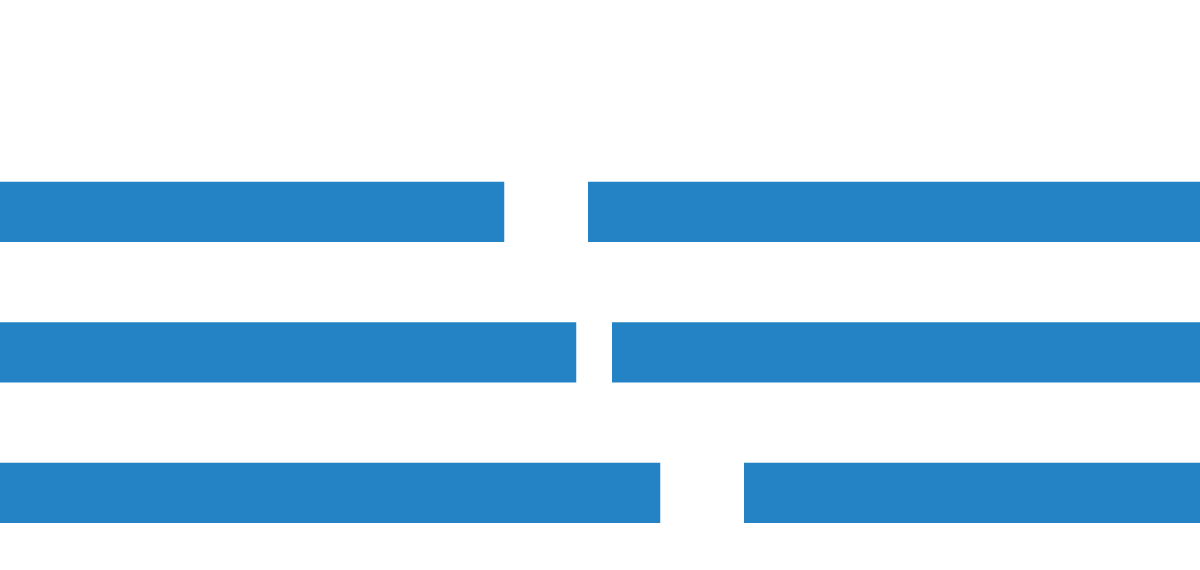
Which of the two types of Democrats would you be likely to support? A Democrat who …
Brings politics in Washington
back to normal
Promises fundamental systematic change
to American society
You agreed with most on the issues
Has the best chance to beat President Trump
Is more moderate than most Democrats
Is more liberal than most Democrats
A victory by Mr. Sanders in Iowa, where he suffered a narrow loss to Hillary Clinton four years ago, would represent a remarkable comeback for a 78-year-old candidate whose heart attack in October threatened to upend his candidacy. It would also create a moment of high anxiety for establishment-aligned Democrats who are deeply alarmed about a potential Sanders nomination.
Should he prevail in Iowa and face a similarly fractured field of mainstream rivals in New Hampshire, where he also currently leads in the polls, Mr. Sanders could be difficult to slow.
Several voters who backed Mr. Sanders cited the consistency of his positions over the course of his career, and their ideological alignment with his views.
“Bernie’s authentic,” said Austin Sturch, 25, of Evansdale, adding, “Pretty much everything he’s saying — I can’t put it better than he can.”
Still, much here remains uncertain. Iowa voters are famous for settling on a candidate late, and this year is no different; Mr. Sanders, along with the other senators in the race, is pinned down in Washington during Mr. Trump’s impeachment trial and unable to campaign here on weekdays.
And the final results could turn on two factors that will not be known until caucus night: the size and composition of the electorate, and the preferences of voters whose first choices are eliminated because of the arcane caucus rules.
If the other leading candidates finish bunched together on caucus night on Feb. 3, it is unlikely any of them will drop out of the race after Iowa. Each of the three top hopefuls trailing Mr. Sanders has the money to compete in New Hampshire, which is just a week later.
And should no clear moderate alternative to Mr. Sanders emerge from the early nominating states, the self-financing Michael R. Bloomberg, who has already spent more than $260 million on advertising and hired more than 1,000 staff members, is awaiting the field on Super Tuesday in early March.
But first is Iowa, where the race remains up for grabs to an unusual degree so late in the race: In the Times poll, nearly 40 percent of voters said they could still be persuaded to caucus for a different candidate.
Mr. Sanders, however, has some of the most committed supporters in the race and, significantly, his advantage with Iowa Democrats does not ebb when the field is narrowed to only the top four candidates. The Vermont senator still leads by seven points in that scenario, according to the survey, capturing 30 percent of the vote while Mr. Biden and Mr. Buttigieg both win 23 percent and Ms. Warren garners 19 percent.
These results are important because of how the caucuses work in Iowa. Candidates must receive 15 percent support in a precinct to reach what is called viability, meaning they are eligible to win delegates. If a candidate falls short of that number, his or her supporters can either leave the caucus or support better-performing contenders for the second and final vote of the evening. So voters’ second choices can prove crucial.
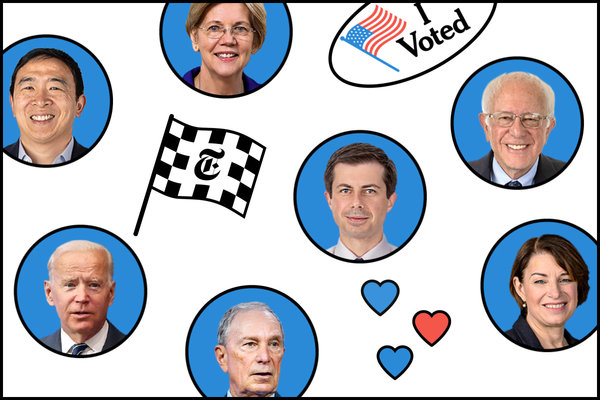
The Iowa caucuses are around the corner. As you get ready for primary season, take a look at our cheat sheet on the race.
Ms. Warren, according to the poll, is the top second-choice preference of caucusgoers, which could lift her candidacy after the initial vote. But that is in part because she is the preferred alternative for those who support Mr. Sanders, who will most likely meet the viability threshold in nearly all of the caucuses.
Ms. Warren received a boost Saturday night, however, when she won the endorsement of Iowa’s largest and most influential newspaper, the Des Moines Register.
Ms. Klobuchar’s supporters could play the most crucial role, though, should she fail to achieve 15 percent in most precincts. When voters were asked whom they would support if they were left with only four choices — Mr. Sanders, Mr. Buttigieg, Mr. Biden and Ms. Warren — Mr. Biden was the overwhelming favorite of Ms. Klobuchar’s backers. He received 55 percent of them in this scenario while Ms. Warren received 18 percent.
One troubling sign for Mr. Sanders came in an ideological matchup with Mr. Trump. In The Times/Siena poll, 56 percent of caucusgoers said they thought a democratic socialist would have a harder rather than an easier time defeating the president — a higher number than those who said the same about a woman, a gay candidate or one over 75.
In fact, among general election voters in Iowa, a state he carried by nearly 10 points four years ago, Mr. Trump defeated all of the top five candidates as well as Mr. Bloomberg in head-to-head matchups. He bested Mr. Sanders, 48 percent to 42 percent.
More broadly, the survey of Iowa Democrats showcases the same generational and ideological divisions that the party is grappling with nationally — and helps illuminate why voters are so deeply divided over whom to support.
Mr. Sanders leads with Iowa voters under 30, taking 40 percent of that bloc, which is more than double his nearest competitor in the demographic. But he is winning only 9 percent among voters 65 and older. At the same time, Mr. Biden is capturing 32 percent of the vote among those over 65 but receiving just 10 among the youngest Iowa caucusgoers.
Mr. Sanders’s advantage owes largely to voters who align with his progressive agenda: 43 percent of caucusgoers who call themselves “very liberal” are supporting his bid, well above the next closest candidate.
At the same time, those voters who are closer to the political center are split. Among moderate or conservative caucusgoers, 25 percent are backing Mr. Biden, 21 percent are for Mr. Buttigieg and 12 percent are with Ms. Klobuchar. Among those who say they are “somewhat conservative,” Ms. Klobuchar garners 28 percent, Mr. Buttigieg 17 percent and Mr. Biden 15 percent.
Of course, voters here do not always fall neatly along ideological lines. Shawn Reynolds, a 68-year-old retired art teacher from Des Moines, said she supported Ms. Warren but Mr. Biden was her second choice.
“I’m really on the fence I guess between the two of them,” said Ms. Reynolds, adding that she planned to caucus for Ms. Warren and had even volunteered to help set up the Warren corner at her precinct on caucus night despite her ambivalence.
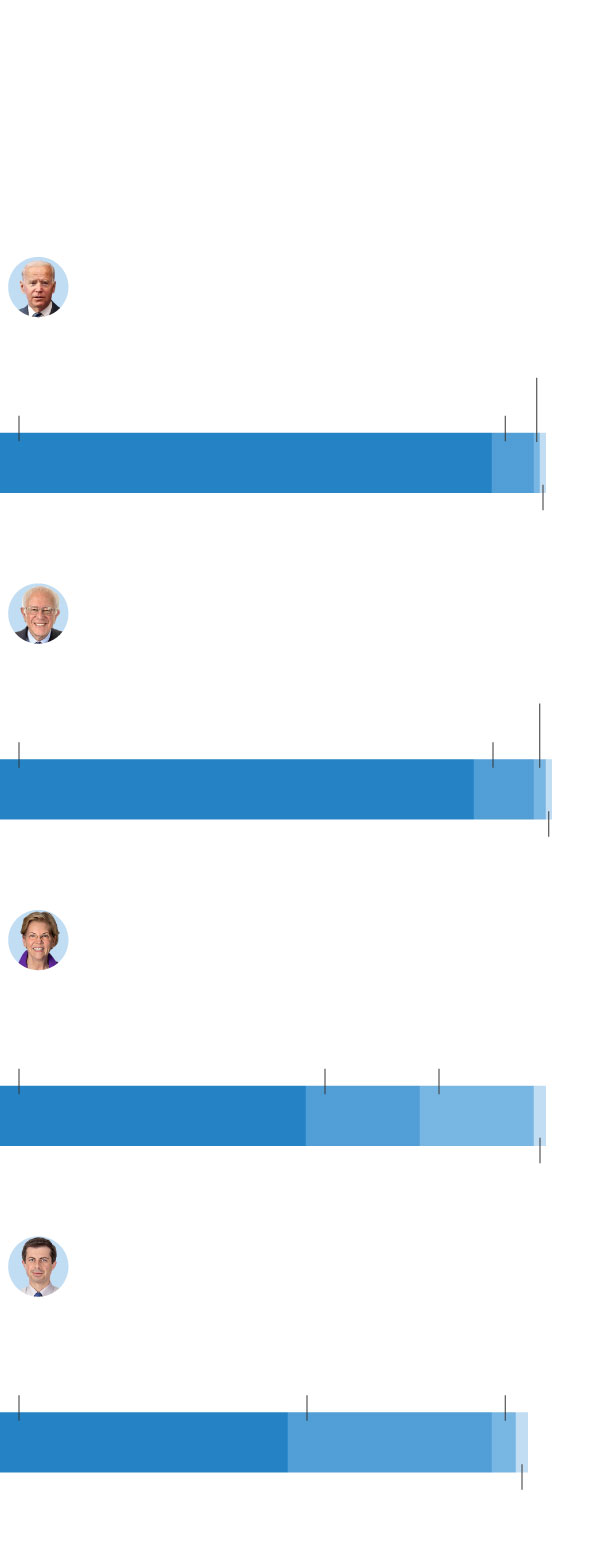
If you support one of the following candidates as your first choice, who among these four do you think has the best chance of defeating President Trump?
SUPPORT:
BEST CHANCE:
Warren 1%
Sanders
Buttigieg 1%
SUPPORT:
Sanders
BEST CHANCE:
Warren 2%
Sanders
Buttigieg 1%
SUPPORT:
Warren
BEST CHANCE:
Warren
Sanders
Buttigieg 2%
SUPPORT:
Buttigieg
BEST CHANCE:
Buttigieg
Sanders 4%
Warren 2%
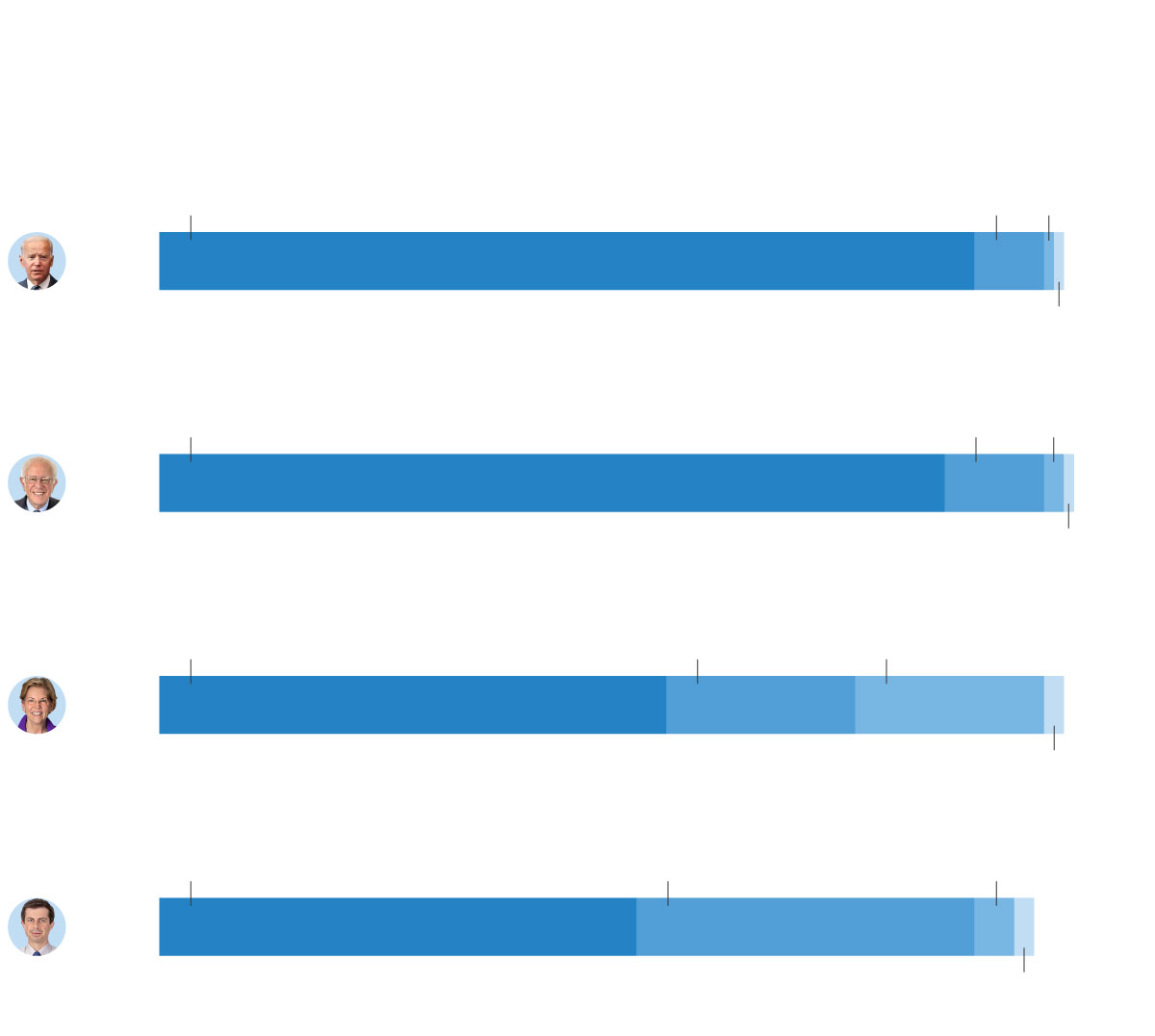
If you support one of the following candidates as your first choice, who among these four do you think has the best chance of defeating President Trump?
BEST CHANCE:
SUPPORT:
Sanders
Warren 1%
Buttigieg 1%
SUPPORT:
BEST CHANCE:
Sanders
Warren 2%
Sanders
Buttigieg 1%
SUPPORT:
BEST CHANCE:
Warren
Warren
Sanders
Buttigieg 2%
BEST CHANCE:
SUPPORT:
Buttigieg
Sanders 4%
Buttigieg
Warren 2%
There were several signs in the poll illustrating why Ms. Warren has fallen in Iowa since her peak last fall.
Many voters in Iowa are fixated on elevating a candidate who can beat Mr. Trump, but 38 percent of likely caucusgoers said they thought a female candidate would have a harder time beating Mr. Trump. And only 51 percent of those who indicated Ms. Warren was their first choice said she would be the best at beating Mr. Trump.
And while Ms. Warren’s support fell across nearly all groups in the poll, her decline was particularly pronounced among young voters. Just 16 percent of 18- to 29-year-olds supported her in the poll, down from 38 percent in October.
Ms. Warren has also been trying to quell concerns about her sweeping agenda — particularly “Medicare for all” — and its impact on the general election. Those efforts appear to have hurt her with some voters here. The poll showed that only 18 percent of likely caucusgoers think she would be best at improving health care — compared to 32 percent for Mr. Sanders.
Those findings bode well for Mr. Sanders. If Ms. Warren does not regain her footing, he can continue to solidify the backing of progressive voters who say they want fundamental change.
Another advantage for Mr. Sanders is that he has retained many of his supporters from 2016, when his near-victory against Mrs. Clinton turned him into a credible threat for the Democratic nomination: 48 percent of likely caucusgoers who said Mr. Sanders was their first choice said they had caucused for him last time, too.
Among those voters was Deborah Marlin, a 54-year-old small business owner from Clarinda, who said her top issues were Medicare for all and student debt.
“He gives people a voice who have not had a voice before,” she said. “He sees the unseen such as people with disabilities, low-income workers, people with medical conditions. He sees the younger people in financial distress.”
Asked whether she had a second-choice candidate, she said she did not. “I’m a ‘Bernie-or-Bust,’” she said.
Nate Cohn and Nick Corasaniti contributed reporting.
The New York Times/Siena College Research Institute survey of 1,689 registered voters in Iowa, including 584 Democratic caucusgoers, was conducted from Jan. 20 to Jan. 23. The margin of error due to sampling is plus or minus 4.8 percentage points for the Democratic caucus electorate and plus or minus 2.8 percentage points for registered voters.



